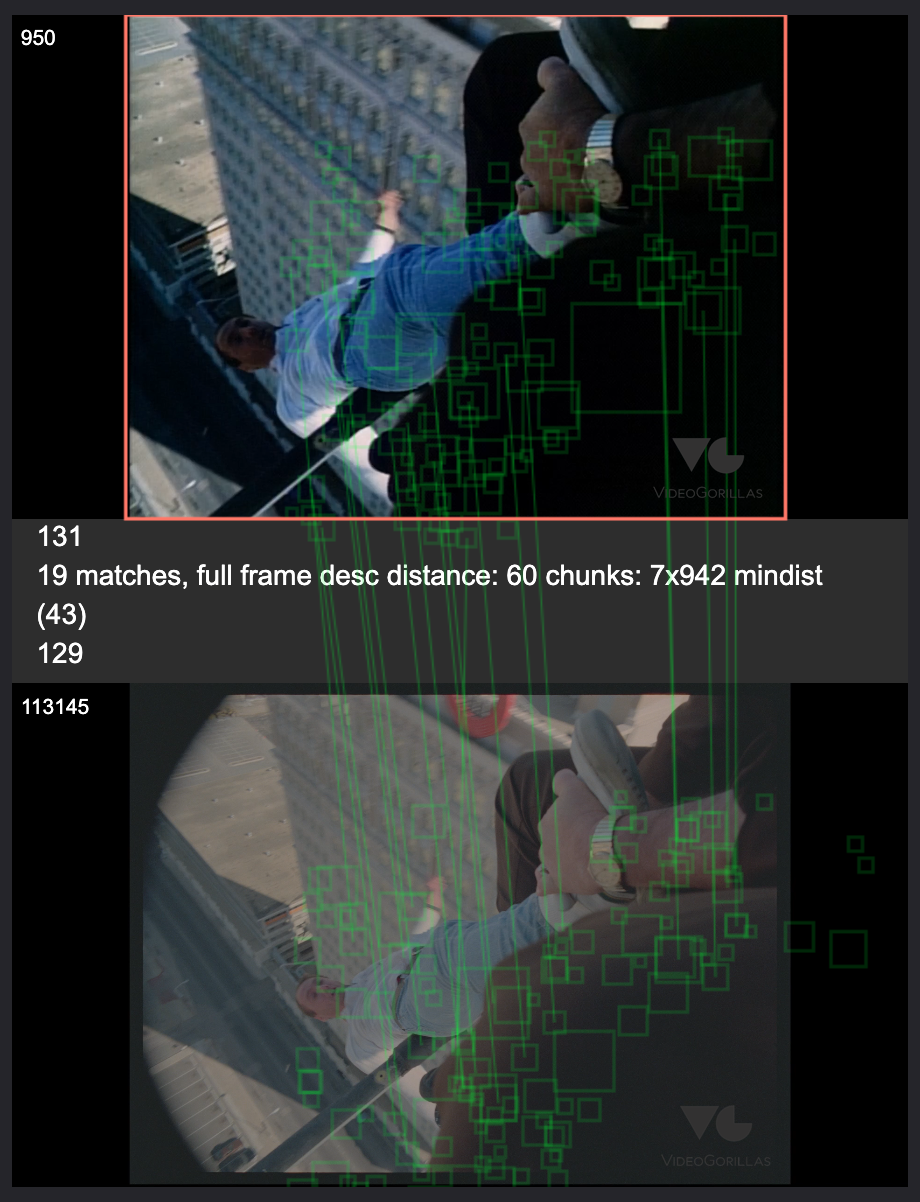Visual Data Media Services responds to customers’ increased demand for quality content along with compressed delivery timelines with its Matchmaker™ film scanning and restoration solution. The workflow combines Artificial Intelligence (AI) algorithms with Visual Data’s creative and technical expertise, to significantly reduce the time needed to remaster content to 4K/ HDR and prepare it for distribution — taking large-scale projects from years or months down to weeks or days.
The proliferation of streaming services and new viewing platforms, as well as an uptick in series reboots have created an unprecedented demand for library content. Studios and content owners require faster, more intelligent ways to address this demand, satisfy consumer expectations, and maximize revenue channels. Matchmaker’s AI scene match technology and intelligent hybrid workflow eliminates traditional barriers of quality issues, time and budget that often prevent content – especially older titles – from being re-released and distributed for broadcast or on digital platforms.
“There’s a breadth of television and film content that can’t easily be shared with today’s audiences because it was finished on standard definition video tape or another older format,” said Ron Smith, Director of Restoration Services at Visual Data Media Services. “Viewers aren’t satisfied with SD and nobody is willing to wait to get content on their platform. They need it done quickly, and it’s got to look as good as the new content being produced today.”
Visual Data’s Matchmaker hybrid workflow enables the highest quality master while alleviating the time-consuming and tedious process of scene matching, recombining an average of 30 content minutes in about 8 hours. The workflow’s high-speed scene-matching process instantly delivers AI-matched data points with near 100% accuracy prior to reaching an editor.
Titles, visual effects, and stock shots are added. And once color correction, picture and sound restoration are complete, an output is generated. Then the content is packaged for secure delivery to the customer’s desired platform or format. This next-gen hybrid workflow enables talent to focus on delivering quality while AI supports accuracy and efficiency.
Visual Data has several episodic and theatrical projects slated for the Matchmaker pipeline. A current TV series project, which was originally shot on film and finished on tape, requires going back to the original film dailies to match and reproduce all scenes, visual effects, titles and credits. Smith estimated a typical half-hour, single-camera sitcom uses about 70 rolls of film with each roll allowing 10 minutes of shooting time, translating to about 700 minutes of film per episode.
“If there’s 24 episodes in a season, you’re talking about transferring thousands of feet of film just to get the 22 minutes of one episode,” he said. “And it’s not only the scanning. What’s really difficult is trying to match shots, including several takes of the same scene. That’s a big reason most of these shows never get done, but with the advances in AI and image detection technology, the process is now much different and that’s where Matchmaker comes in. We can match a show exactly. Not closely. Exactly.”
Using Matchmaker, TV series can now be completed in days or even hours. Movies follow the same process, with the timeframe needed to restore and remaster a feature film for distribution reduced by half, from an average of three months to approximately four to six weeks.
“Matchmaker has made so many more restoration projects possible, where before the timeframes and budget put them out of reach for efficient distribution,” Smith said. “Plus, we’re maintaining the original vision, editing and effects, reproducing every element faithfully. It looks significantly better and can be viewed in any format, on any platform. There are decades of TV shows and movies that have fallen by the wayside, programs that we all grew up with. This is valuable content worth being rediscovered.”

